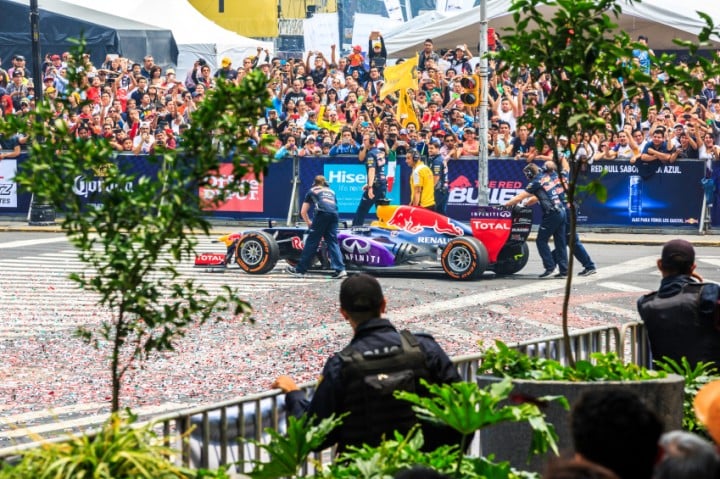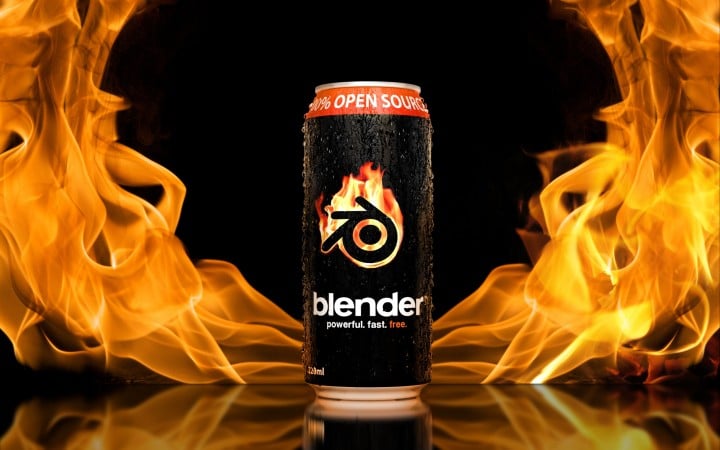
By Amy Peacock, Nic Droste and Peter Miller.
Energy drinks are highly sweetened, caffeinated beverages that are packaged in brightly coloured, slimline containers. They’re sold virtually everywhere.
Advertised as “enhancing alertness and performance”, energy drinks are regularly promoted alongside extreme sports, video games and youth-centric activities such as lifesaving.
Youth patterns of energy drink consumption are not well-reported. But the few studies conducted with children have shown up to two-thirds (62%) of grade 7 to 12 students drank energy drinks in the past year.



Top Comments
I always thought the safety of children was the responsibility of their parents and not the Government.Enough with banning, legislation and more laws. The only thing that should be banned are those people who want to ban everything.
By that reckoning alcohol should not have an over 18 legislation. My son is 12. I let him ride his bike around with his friends. Sometimes they go to the shop and buy an ice cream or whatever. His friends buy emergy drinks. Am I supposed to ban him from hanging out with his friends throughout his teenage years? I have taught him how terrible these drinks are and he abstains, but I would rather they weren't available.